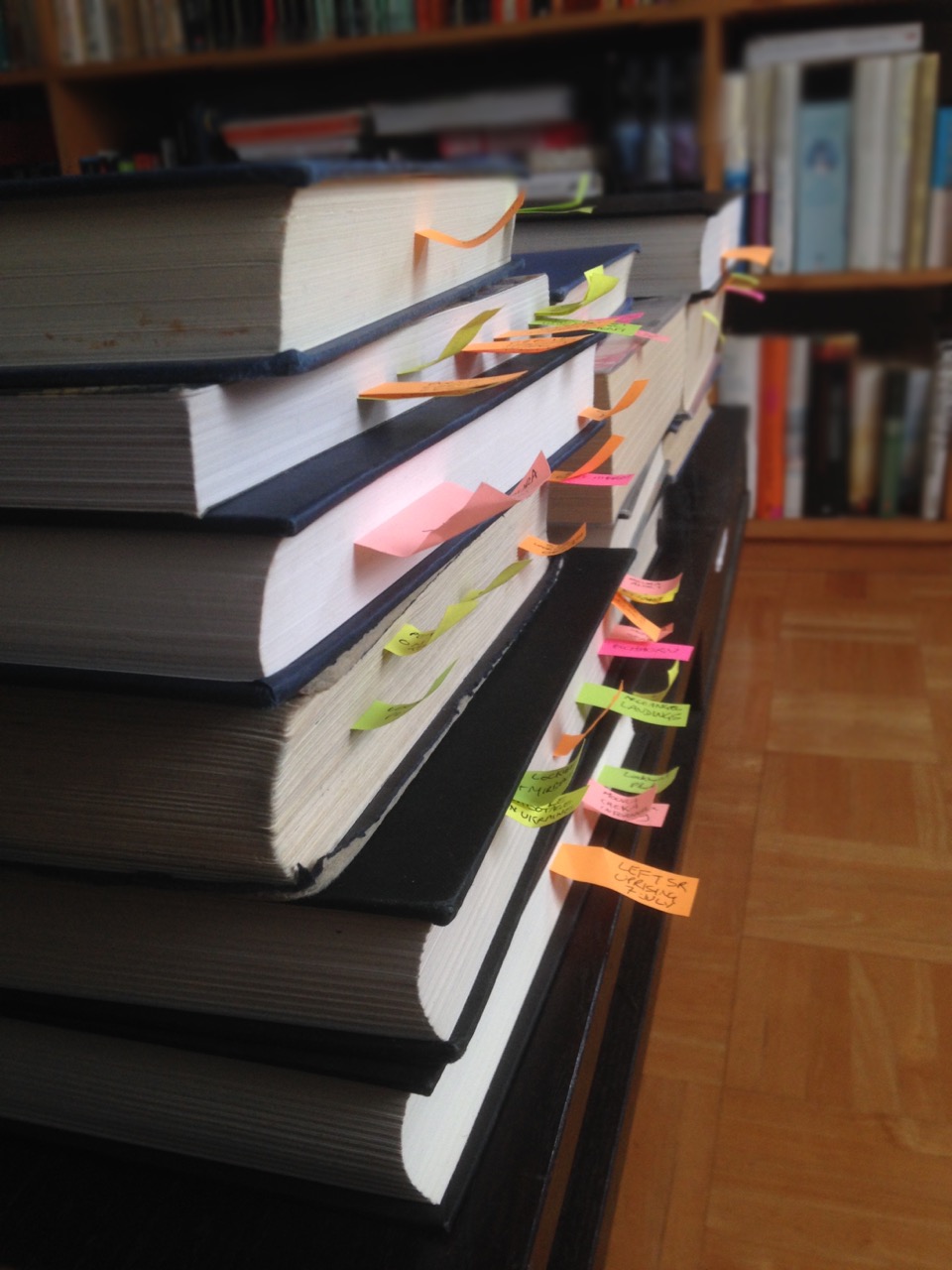An Interview with Jeremy Dronfield and Deborah McDonald (Guest Contributors)
Wonders & Marvels: Both of you have written books on your own as the sole author, but most recently you have collaborated on A Very Dangerous Woman: The Lives, Loves, and Lies of Russia’s Most Seductive Spy. How does working with a co-author change your writing process? How did you divide the work?
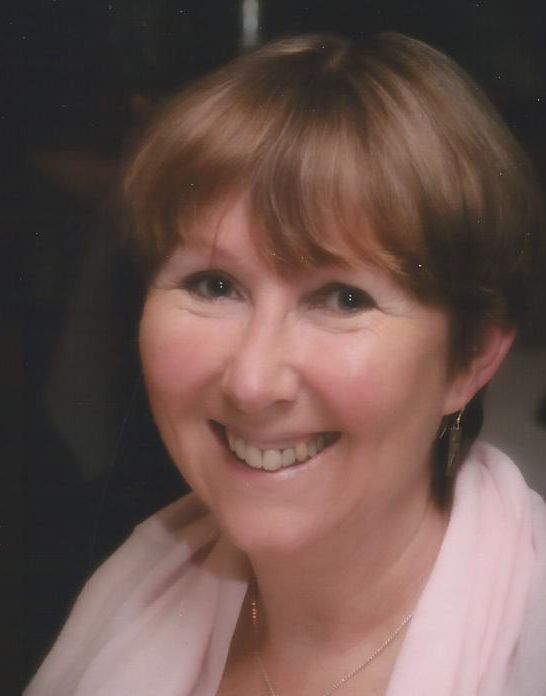 Deborah McDonald: In our case I initiated the work, did the research, organized the material, wrote the book and then sent it off to my agent. He liked it and began sending it to potential publishers but a couple of them rejected it as they felt it was too dry and ‘academic’. So my agent introduced me to Jeremy who took on the task of making it a more exciting read in the course of which he became intrigued with Moura’s life himself and did his own exploration of the subject and added to the book. It thus became a truly collaborative work.
Deborah McDonald: In our case I initiated the work, did the research, organized the material, wrote the book and then sent it off to my agent. He liked it and began sending it to potential publishers but a couple of them rejected it as they felt it was too dry and ‘academic’. So my agent introduced me to Jeremy who took on the task of making it a more exciting read in the course of which he became intrigued with Moura’s life himself and did his own exploration of the subject and added to the book. It thus became a truly collaborative work.
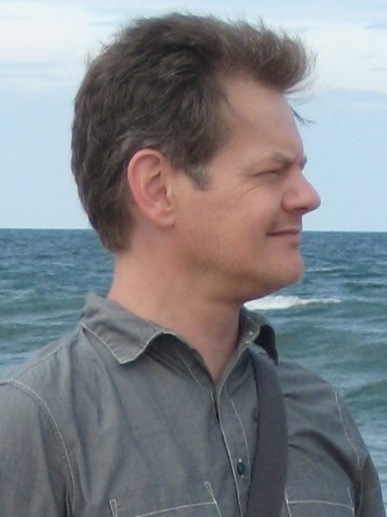 Jeremy Dronfield: I first approached the project as a consultant, to give Deborah some input on how best to bring Moura’s story to life. But as soon as I looked at the manuscript, I knew that there was a really special story here. Viewing it as a novelist, I saw a narrative with a natural plot which would rival most dramatic romances; viewing it as an academic (I’m a trained researcher with a PhD in archaeology), I saw the light that Moura’s story casts on the history of the Russian Revolution – its politics, intrigues, and the effect it had on the lives of Russian aristocrats.
Jeremy Dronfield: I first approached the project as a consultant, to give Deborah some input on how best to bring Moura’s story to life. But as soon as I looked at the manuscript, I knew that there was a really special story here. Viewing it as a novelist, I saw a narrative with a natural plot which would rival most dramatic romances; viewing it as an academic (I’m a trained researcher with a PhD in archaeology), I saw the light that Moura’s story casts on the history of the Russian Revolution – its politics, intrigues, and the effect it had on the lives of Russian aristocrats.
I quickly got much more closely involved, and it became a collaboration. Working from Deborah’s draft – in which she had painstakingly mapped out the course of Moura’s complex and elusive life – and from the source materials (mainly Moura’s fascinating letters to her secret agent lover, Lockhart), I began drafting the book as a fully realized dramatic narrative, at the same time further consolidating the historical foundations. The end result, I hope, is a book that has the storyline and pace of a novel and the factual rigor of an academic biography.
W&M: What are the benefits to working with a partner on a writing project of this magnitude? What are the challenges?
Deborah McDonald: The benefits have been that the book has been rewritten in a way that will appeal to a much wider audience. It enabled us to find a good publisher. The additional material Jeremy added has made the book more rounded and complete.
Jeremy Dronfield: For me, the greatest benefit of working in this way is that the huge task of primary research is already done! I’m in the privileged position of being able to come on board with an expert who has already done most of the hard work.
The obvious challenge with this kind of collaboration is the risk that you won’t get on with your co-author. I’ve been fortunate in this respect, and have never had that problem. The next challenge is that I have to adapt myself to an author’s style of working with their material – how they’ve organized the source documents, their way of thinking about a subject, and so on. They also have to get used to my way of doing things! In the end it’s a compromise.
Then comes the challenge of quickly mastering the material. In the case of A Very Dangerous Woman, I had to get on top of a mountain of historical material about the Revolution, and find my way (with Deborah’s invaluable guiding hand) through the primary documents, and (again with Deborah to guide me) get to grips with the complexities of Moura’s life. Along the way, we discovered new insights into Moura’s character and the events in which she was involved. This is one of the benefits of having two pairs of eyes and two minds working on a subject – you notice things that one person alone might not.
W&M: What advice would you have for others who are considering working with a writing partner?
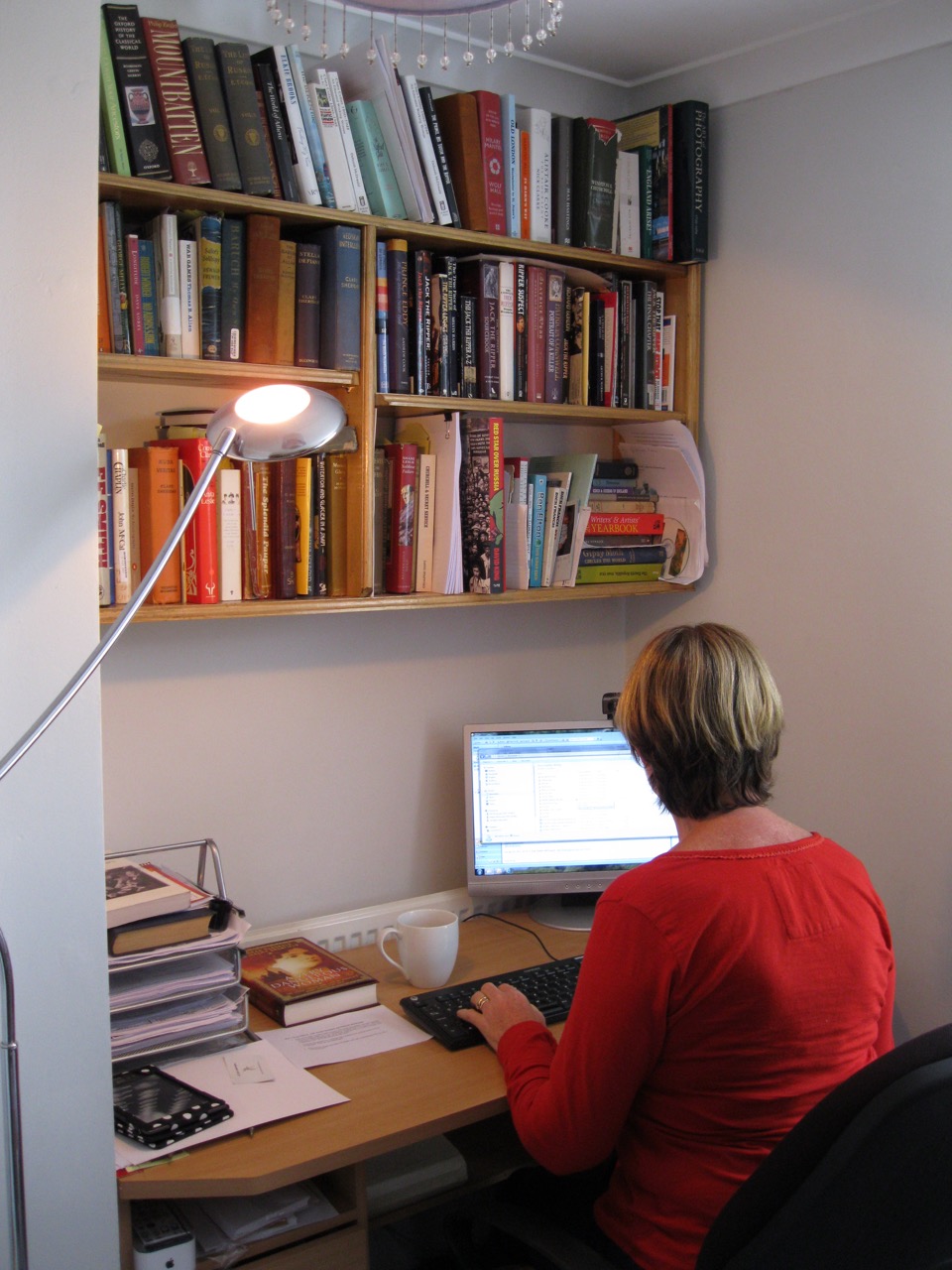
Deborah hard at work writing.
Deborah McDonald: Be prepared to work as a team and occasionally make compromises.
Jeremy Dronfield: Deborah is right – it has to be a team effort, and compromises may be necessary. Two writers dealing with the same subject are unlikely to always think the same way – they have different perspectives and different views of what makes a character tick. In some cases this can lead to quite long and heated debates, but happily Deborah’s and my visions of Moura’s character and motivations were pretty much in sync all the way through, so the compromises weren’t painful for either of us.
The ideal is if you can complement each other, if each of you is dominant in a complementary sphere. In writing A Very Dangerous Woman, Deborah dominated the structural, life-story side of things – the pattern and course of Moura’s life – and was the expert in the source materials, while I dominated the writing and how the story should be told. But at the same time, each of us contributed significantly to both spheres. That, I think, is the best – and perhaps the only viable – kind of balance to have if you want to achieve a successful collaboration.
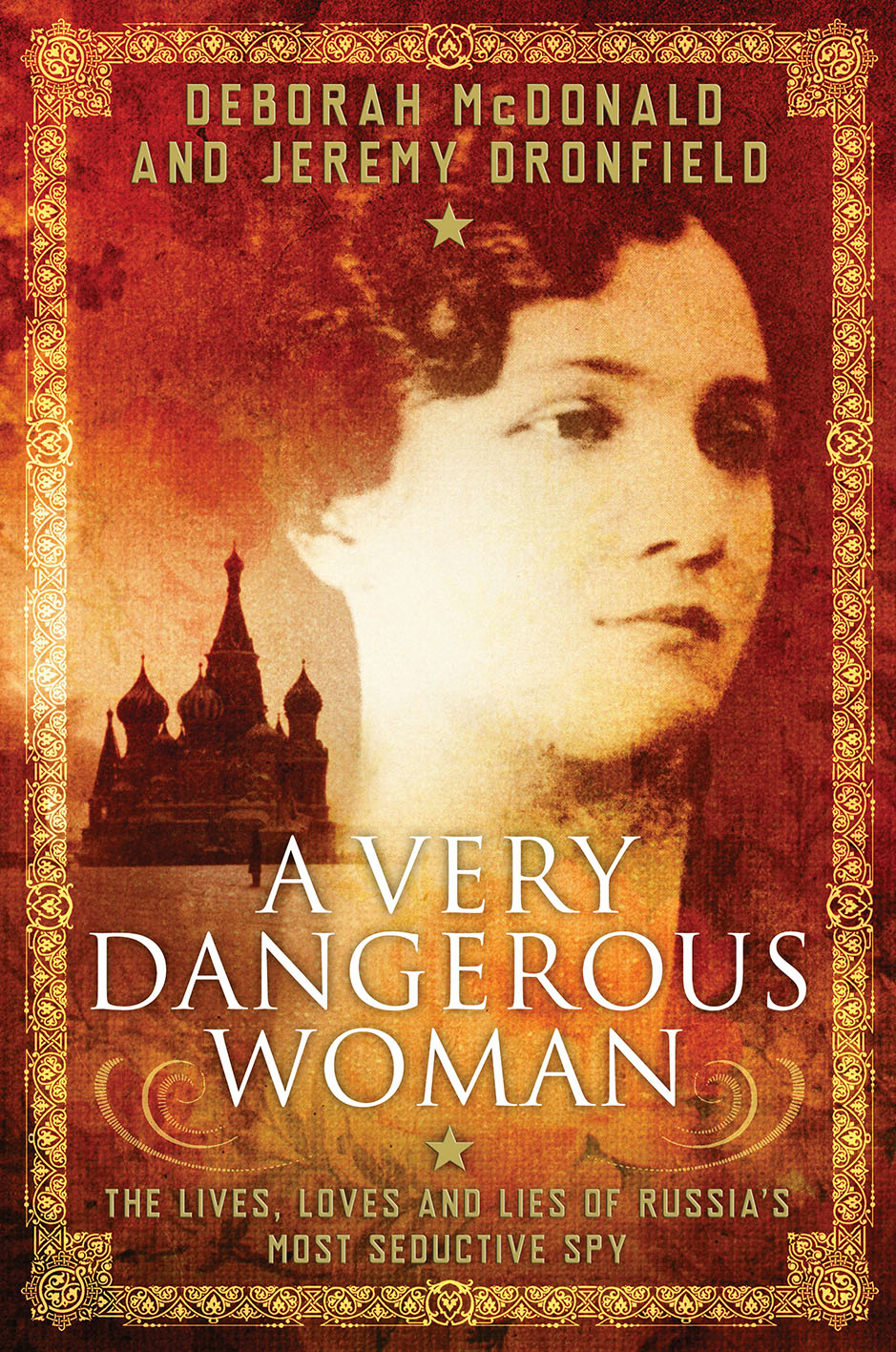 If you enjoyed learning about Jeremy and Deborah’s writing collaboration, check out their recent post on Wonders & Marvels, and take a look at their wonderful book A Very Dangerous Woman: The Lives, Loves, and Lies of Russia’s Most Seductive Spy.
If you enjoyed learning about Jeremy and Deborah’s writing collaboration, check out their recent post on Wonders & Marvels, and take a look at their wonderful book A Very Dangerous Woman: The Lives, Loves, and Lies of Russia’s Most Seductive Spy.

